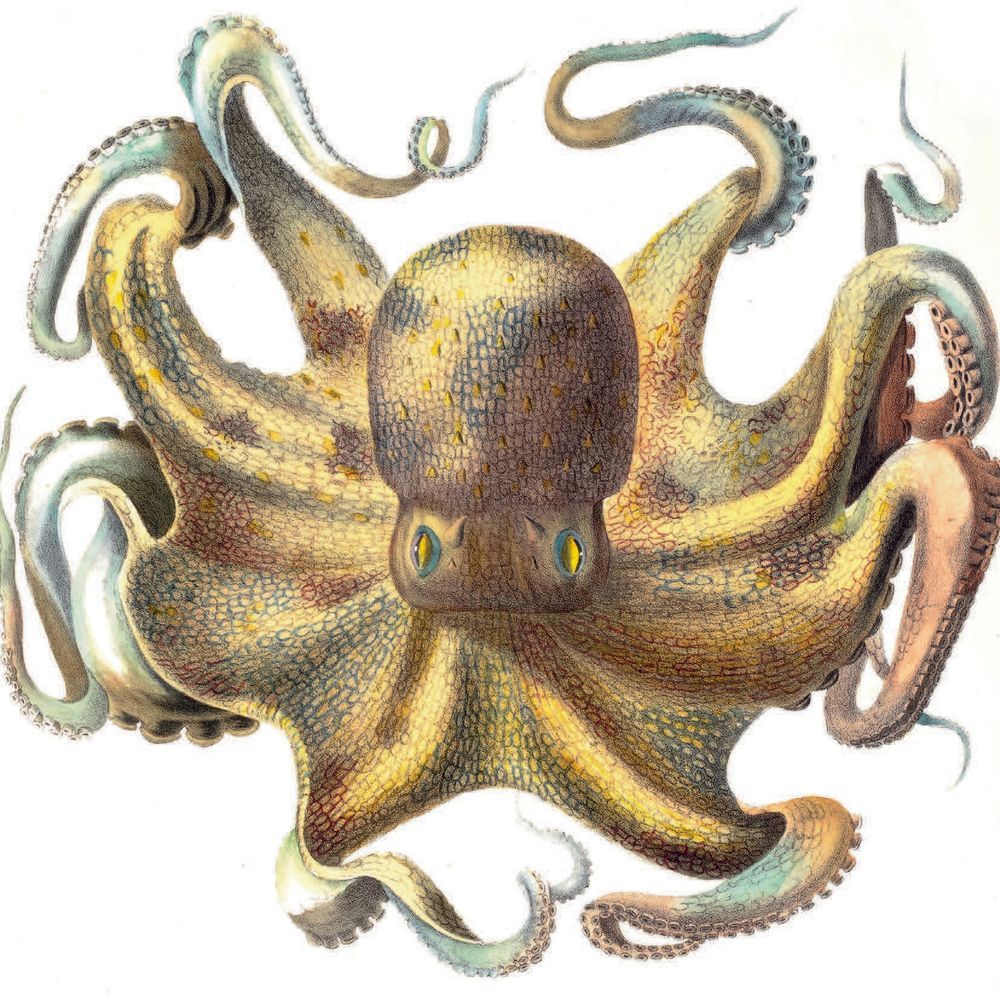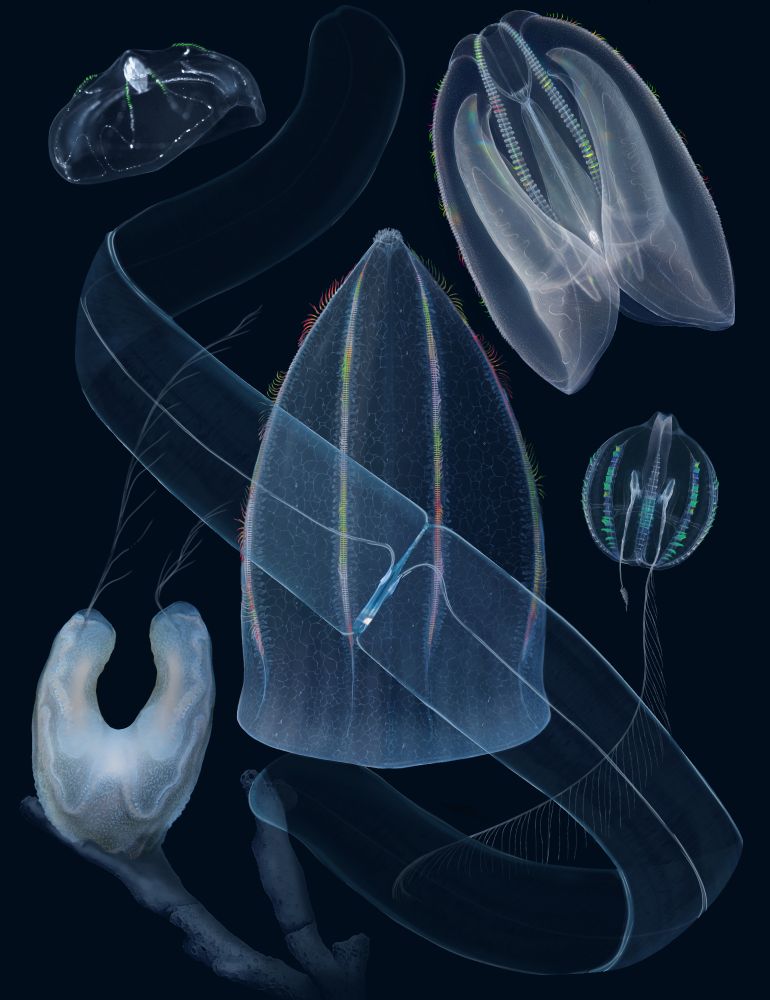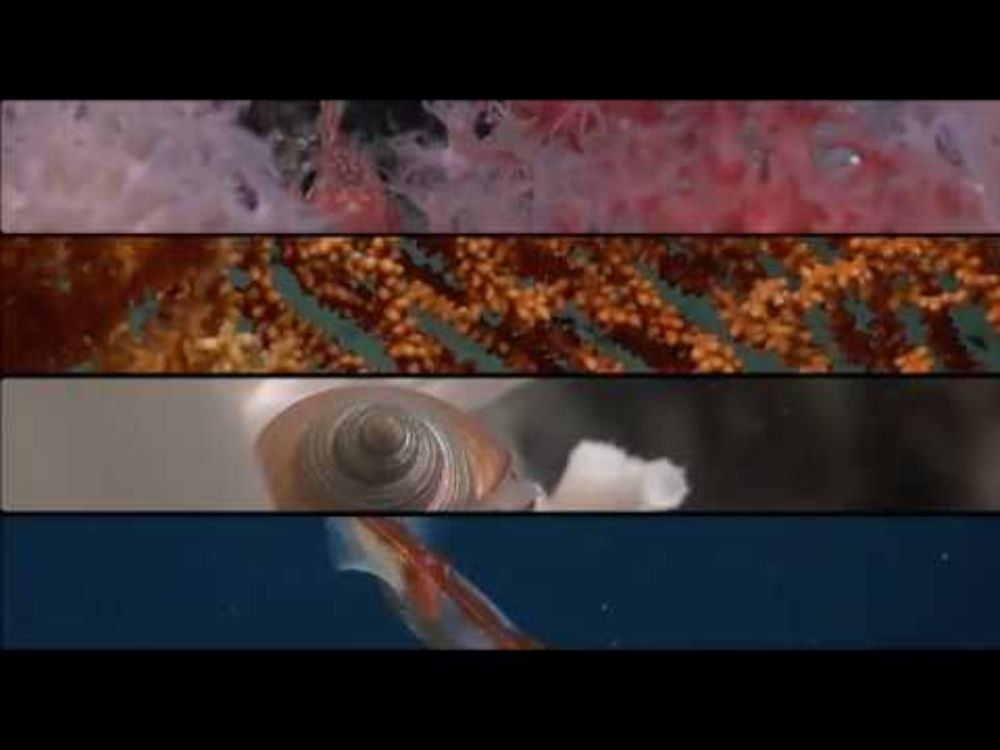McGill Biology
@biomcgill.bsky.social
1.1K followers
640 following
140 posts
McGill University's Dept of Biology explores fundamental questions about the origin, #evolution, development, and #behaviour of living organisms. #biodiversity #ecology #neurobiology #molecularbiology
Posts
Media
Videos
Starter Packs
Reposted by McGill Biology
Reposted by McGill Biology
Reposted by McGill Biology
Reposted by McGill Biology
Reposted by McGill Biology
Reposted by McGill Biology
Reposted by McGill Biology
Reposted by McGill Biology
Reposted by McGill Biology
Reposted by McGill Biology
Reposted by McGill Biology
Reposted by McGill Biology
Reposted by McGill Biology






















